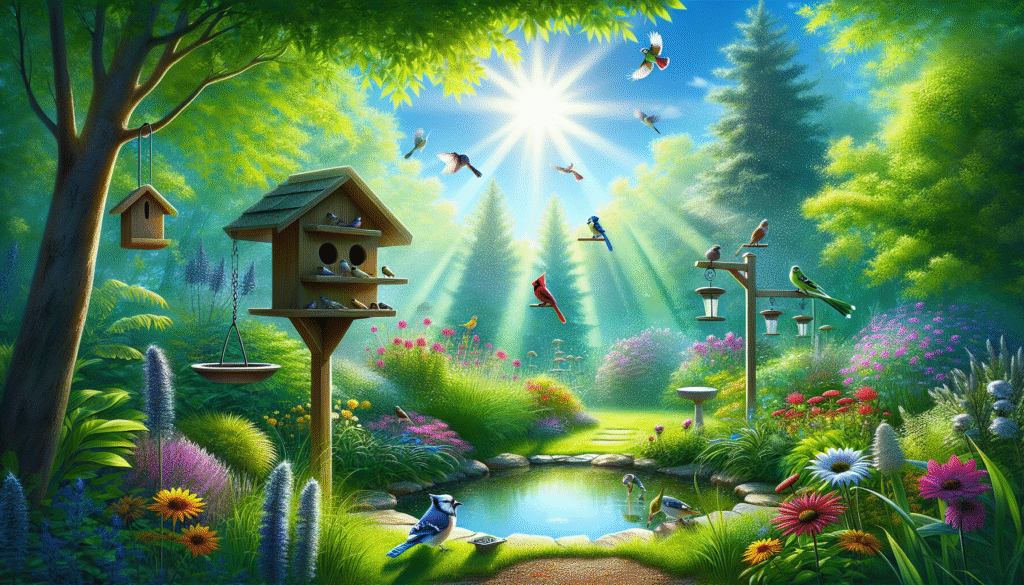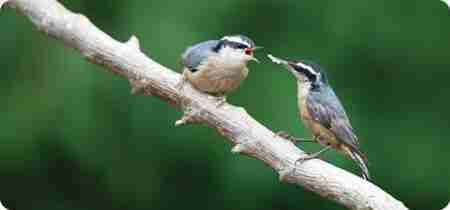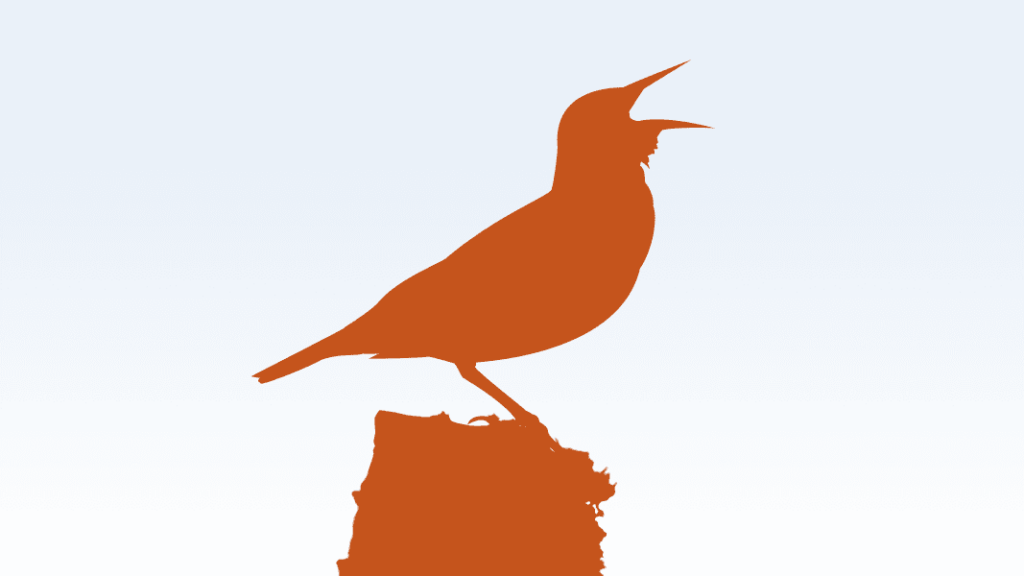Last summer, heatwaves swept across the U.S.—and birds felt it too. Have you ever wondered if your little feathered friends are truly equipped to handle soaring temperatures? Or, better yet, what if you could flip the script and transform your garden into a climate sanctuary—a haven where our feathered friends can beat the heat and thrive? As a dedicated birding enthusiast and birdwatching specialist, I’m here to share some exciting, practical ideas to help you build climate-resilient bird habitats today. Ready to become a part of the solution? Let’s dive in!Can Birds Survive the Heat? Understanding Their Needs in a Warming World
We all love watching birds flutter around our backyard, but climate change is throwing a wrench into their delicate balance. Rising temperatures, prolonged droughts, and intense heatwaves aren’t just uncomfortable for us—they’re downright dangerous for our avian friends. But don’t worry! Birds are resilient, and with a little help, we can create environments that support their survival and well-being.
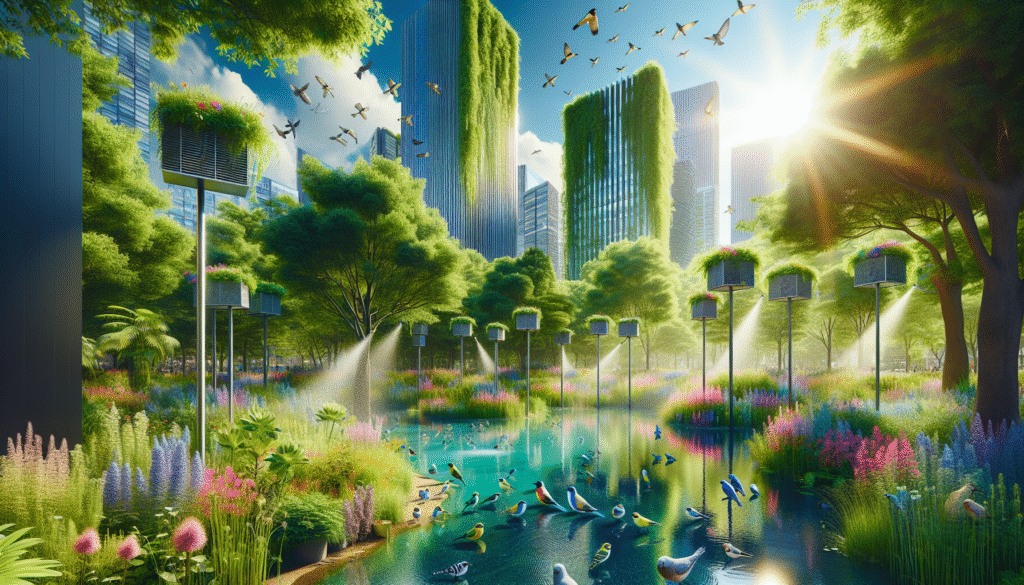
How Do Birds Cope with Heat?
- Seeking shade: Birds often retreat to shaded areas during the hottest parts of the day.
- Adjusting activity: They may become more diurnal, feeding early or late in the day to avoid peak heat hours.
- Water reliance: Access to fresh water is critical for thermoregulation.
- Changing diets: Some species shift their eating habits to conserve energy and water.
Despite these adaptive behaviors, extreme heat can overwhelm these strategies, leading to dehydration, heat stress, or even mortality. That’s why our response—building climate-resilient habitats—has never been more vital.
Building Climate-Resilient Bird Habitats: Your Backyard’s New Superpower
Imagine transforming your garden into a cool, sheltering oasis—a place where birds can settle in during the hottest days. Creating climate-resilient habitats isn’t just good for birds; it turbocharges your birdwatching experience, giving you a front-row seat to resilient avian lives.
Principles of Climate-Resilient Bird Habitats
- Shade and Shelter: Providing plenty of shaded areas to help birds stay cool.
- Clean, Accessible Water: Ensuring a steady supply of fresh water for drinking and bathing.
- Native Vegetation: Using climate-adapted native plants to provide food, shelter, and nesting sites.
- Cooling Strategies: Incorporating elements like water features and mulched beds to lower surrounding temperatures.
Let’s take a closer look at how you can implement these principles to make your garden a bird-loving climate sanctuary.
Practical Tips for a Bird-Friendly, Climate-Resilient Garden
1. Create Shady Retreats
Birds love shade, especially during those blazing summer afternoons. Planting tall native trees, setting up large patio umbrellas, or installing shade sails can provide essential refuge from the sun’s scorching rays. Some of my favorite low-maintenance native trees include oaks, maples, and sweetgum—they provide ample shade and food sources.
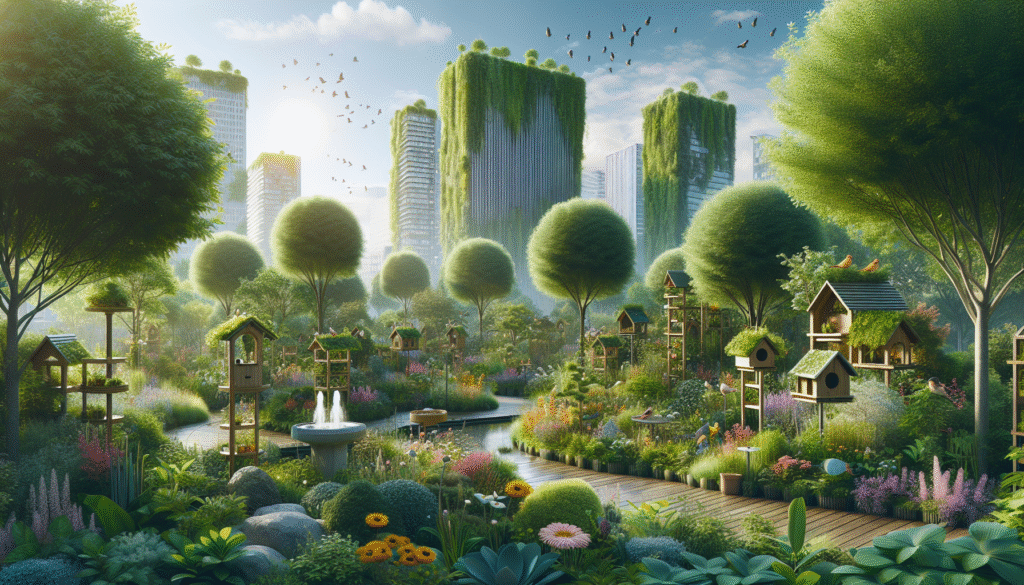
2. Provide Fresh and Abundant Water Sources
Water is life—literally—especially in the heat. A shallow birdbath, a small pond with emergent plants, or even a gentle drip fountain can serve as refreshing oasis spots for thirsty birds. Remember to clean and refresh the water regularly to prevent mosquito breeding and maintain hygiene. Bonus: Water features also attract a variety of species, turning your yard into a lively birdwatching hotspot!
3. Incorporate Native, Drought-Resistant Plants
The secret sauce for sustainability and resilience? Native plants! They’re adapted to your local climate, require less water and maintenance, and provide vital food and habitat for local bird populations. Think berries, nectar, and seeds—just what our feathered friends crave. Some top choices include serviceberries, elderberries, coneflowers, and sunflowers.
Table: Native Plant Picks for Heat Tolerance and Bird Attractiveness
| Plant Name | Benefits | Ideal For |
|---|---|---|
| Serviceberry | Rich in berries, shade-providing | Nesting birds, fruit-loving species |
| Elderberry | Flowering shrub with abundant nectar, berries for foraging | Songbirds, hummingbirds |
| Purple Coneflower | Attracts pollinators, seeds for birds | Goldfinches, sparrows |
| Common Sunflower | High-fat seeds, pest resistance | Woodpeckers, finches |
4. Mulch and Soil Management
Mulching garden beds with wood chips or organic matter keeps the ground cooler and retains soil moisture. Healthy, moist soil helps native plants thrive even during dry spells, creating a lush, inviting environment for birds and insects alike. Plus, it’s good for your garden’s long-term health!
5. Install Nesting Sites and Bird Boxes
While some birds prefer natural cavities, many can benefit from nest boxes designed to withstand heat and weather. Position these boxes in shaded, well-ventilated spots and incorporate ventilation holes to prevent overheating. Giving birds a safe, cool nesting option encourages residency and boosts local populations.
Extra Bird-Centric Hacks for Extreme Weather
- Provide Portable Shade: Use small umbrellas or shade sails during particularly hot days—mobility is key!
- Use Misters and Drip Irrigation: Implement gentle misters to cool the air and provide a refreshing spray for birds.
- Choose Climate-Resilient Bird Species: Observe and learn which local species are adapting best; tailor your habitat accordingly.
Benefits Beyond the Birdbath: How These Changes Help Our Entire Ecosystem
Building climate-resilient habitats doesn’t just help birds—it supports pollinators like bees and butterflies, promotes healthier soil, and even improves your property’s overall resilience to drought and heat. It’s a win-win situation: you get a thriving, vibrant backyard, and our avian friends get a fighting chance in a warming world.
Real-Life Success Stories from Bird Enthusiasts Like You
One dedicated backyard birder I know in Texas transformed her property into a summer sanctuary. She implemented shade trees, installed several small water features, and planted native drought-resistant plants. The result? A surprising influx of birds—hummingbirds, oriels, and even a rare swallowtail kite! Her posts on our community forum are full of joy and photos—proof that small steps can make a big difference.
What about you? Do you have a favorite bird or a successful habitat hack? Share your stories and photos with our community. Together, we’re building a movement of climate-aware bird lovers!
Join the Feathered Future: How You Can Get Started Today
Embarking on your climate-resilient habitat journey is easier than you think. Here’s your quick-start checklist:
- Assess your space: Identify shaded areas, open sun spots, and existing water sources.
- Choose native plants: Consult local gardening resources or native plant societies.
- Invest in water features: A simple birdbath can become your neighborhood’s favorite bird hangout.
- Plan for shelter: Plant trees or install shade structures to keep your yard cool.
- Share your progress: Document your habitat changes and inspire others!
Remember, every little effort counts. Whether you’re planting a single native shrub or creating an elaborate water garden, you’re contributing to a resilient, welcoming environment that keeps birds safe and thriving—even when the mercury rises.
Stay Connected & Keep Learning
We love hearing your stories, seeing your photos, and sharing tips for creating the ultimate bird-friendly, climate-resilient space. Follow us on social media, join our community forums, and subscribe to our newsletter for ongoing updates, birdwatching challenges, and success stories!
At I am AFeatherTogether, we’re committed to empowering bird enthusiasts like YOU to make a real difference. Together, we can turn our gardens into sanctuaries and help our bird friends soar through a changing climate.
Final Thoughts: Your Backyard, Their Future
It’s easy to feel overwhelmed by the climate crisis, but remember—small, intentional actions in your own backyard can ripple out into big changes for local ecosystems. Building climate-resilient bird habitats isn’t just good for the birds; it’s good for us all. The more we create welcoming, shaded, and water-rich environments, the more vibrant and resilient our feathered companions become.
So, are you ready to roll up your sleeves and become a climate hero for your local bird community? Grab those native plants, fill that birdbath, and start turning your garden into an ultra-cool pause station for birds—and a sanctuary for your own birdwatching adventures.
Happy birding, everyone! Remember, every bird counts—especially when we work together to protect their future.
